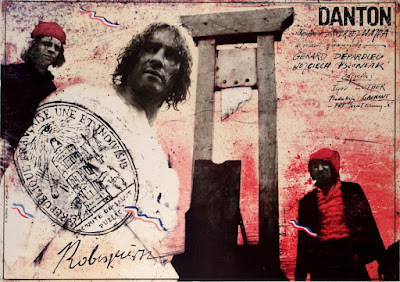
This all but lost work from Paddy Chayefsky (the simultaneously over and under-rated scripter) is something of a find. A May/December romance, set in the savory world of the NYC rag-trade, it takes Chayefsky from the lower middle-class Italian-Americans of MARTY/’55; past the middle-class Irish-Americans in THE CATERED AFFAIR/’56; and on to upper-middle-class NYC Jews. Ultimately, for better & for worse, they’re all pure Chayefsky, wounding themselves with false pride & over-articulating the obstacles of life. But he’s on his best form here, as is Fredric March, superb as a widowed women’s apparel manufacturer (with a spot on accent). He falls hard for Kim Novak, at her most sympathetic, as his young, pretty receptionist. Both of their families have trouble with the idea and Kim, who’s not quite over her divorce, isn’t sure what she wants. They each get the dramatic/emotional wake-up calls they need to figure things out, a bit too conveniently, but the fine supporting players help to cover the plot mechanics. Lee Grant is dandy as Novak’s gal pal (with a Shirley MacLaine hair-do) and Martin Balsam, as March’s put-upon son-in-law (he’s one of three actors kept from the original stage production), finds a terrific balance between angst & humor in his showstopping monologue. Delbert Mann, who also helmed MARTY, is a lot more fluid here, helped by some tasty NYC locations & even more by the tight confines & florescent lighting in the workplace scenes. Hem the guy in and he looks like a real moviemaker.
SCREWY THOUGHT OF THE DAY: Chayefsky must have known that a presentable rag trade widower would never have lasted two years without remarrying. These guys can’t open a can of soup for themselves. No doubt, that explains the best scene in the pic, when a nosy widow with an irritating manner of speech sidles into March’s bedroom as he changes his shirt and hilariously starts selling her own attractions. Actors looking for a fresh audition piece should check it out.





























